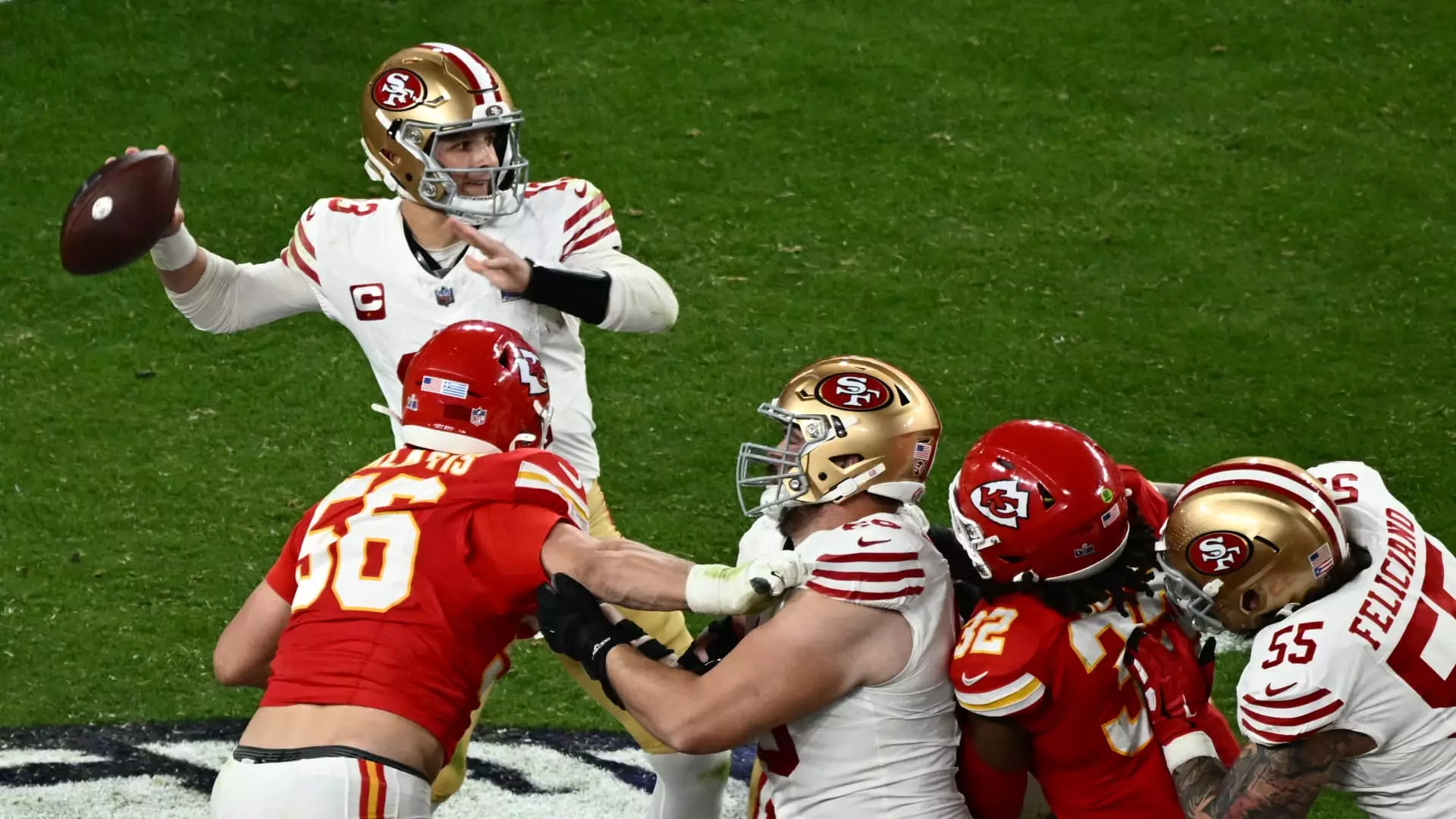In an era where data and analytics dominate decision-making in sports, the story of Brock Purdy, the San Francisco 49ers’ quarterback, serves as a vital case study in talent evaluation. Selected as the final pick of the 2022 NFL Draft, Purdy has upended expectations, leading his team to the Super Bowl within a short span. His ascent raises crucial questions about the efficacy of traditional scouting methods, particularly as they failed to forecast his potential as a franchise quarterback.
The shortcomings of conventional evaluation methods are not limited to the NFL. Going even further, Al Guido, the president of the 49ers, highlights that the challenges in scouting extend to soccer, a sport with an intricate web of leagues and competitions worldwide. Soccer’s global nature complicates the detection of talent, as promising players might emerge from unexpected backgrounds and lesser-known clubs. This reality emphasizes the importance of utilizing innovative techniques in player assessment to identify talent that might otherwise slip through the cracks.
The Need for Advanced Metrics
Guido’s assertion about the integration of advanced statistics reflects a growing recognition that traditional metrics can be misleading. He poses important questions about how organizations can effectively utilize artificial intelligence to enhance scouting departments. AI may provide insights that transcend the classic analyses by mining vast amounts of data to discern valuable player attributes that traditional scouts might overlook.
The goal is to synthesize the art of scouting with the science of data analysis, creating a more holistic understanding of player potential in both football and soccer. This blend could redefine how teams scout talent, moving towards a melding of human intuition with machine-learning efficiencies.
As Brock Purdy approaches contract extension negotiations, the implications of his performance this season become critical in understanding how evaluations may evolve. His remarkable journey from the final pick to a star quarterback might persuade NFL teams to reconsider and refine their evaluation frameworks. The success of Purdy emphasizes the need for organizations to adopt a more nuanced approach that incorporates both traditional scouting and modern analytical techniques.
Ultimately, the 49ers stand as a beacon of this potential transformation in talent assessment, not just for their own team but also for the larger sports community. If they succeed in marrying standard practices with advanced analytics, they could set a benchmark that prompts other teams—across all sports—to rethink their methods.
The essence of Purdy’s story serves as a reminder that scouting must adapt in a rapidly advancing landscape of sports analytics, where understanding the intricate tapestry of player potential is crucial for sustained success.

